Forget Willpower: Unlock Lasting Change with BJ Fogg’s “Tiny Habits”

Introduction: The Myth of Willpower
Are you tired of setting ambitious goals only to see them crumble by mid-January? You’re not alone. We often blame a lack of willpower for our failures, but what if the problem isn’t you, but your method?
Dr. BJ Fogg, a Stanford University behavior scientist, spent over 20 years dissecting human behavior. His revolutionary conclusion, detailed in his groundbreaking book “Tiny Habits: The Small Changes That Change Everything,” is simple yet profound: big change happens through tiny habits.
This isn’t just another self-help book. It’s a science-backed operating manual that throws out the myths of willpower and replaces them with a reliable, joyful process for creating lasting change. In this ultimate guide, we’ll unpack every facet of the Tiny Habits method. Get ready to leave the cycle of guilt and failure behind.
Part 1: The Core Problem – Why We Fail at Change
Most self-improvement attempts are doomed because they’re built on flawed beliefs.
- Myth #1: Change is Hard. Fogg argues the opposite: change is only hard when you design it to be. The secret is to remove the difficulty.
- Myth #2: It’s All About Willpower. Motivation is a fickle friend. Fogg teaches us to design behaviors that succeed even on our least motivated days.
- Myth #3: Big Goals Require Big Action. The “go big or go home” mentality is a trap that leads to procrastination.
- Myth #4: Failure is a Sign of Weakness. Fogg reframes this: a “failure” is simply a design flaw, not a character flaw. It’s a data point, not a judgment.
Part 2: The Secret Sauce – The Fogg Behavior Model (B=MAP)
At the heart of Fogg’s philosophy is a beautifully simple model explaining why we do what we do. For any behavior to occur, three things must converge at the same moment:
Behavior = Motivation + Ability + Prompt (B=MAP)
The Three Levers of Behavior
- M – Motivation: Your desire to do the behavior. Fogg warns this is the least reliable element and we should not design habits that depend on it.
- A – Ability: Your capacity to do the behavior. This is about making the behavior radically easy (in terms of time, money, effort, etc.). This is the lever we can control.
- P – Prompt: The “go” signal or trigger. Without a prompt, a behavior won’t happen, no matter how motivated you are.
The goal of Tiny Habits is to design behaviors so easy (high Ability) they require almost no motivation to perform.
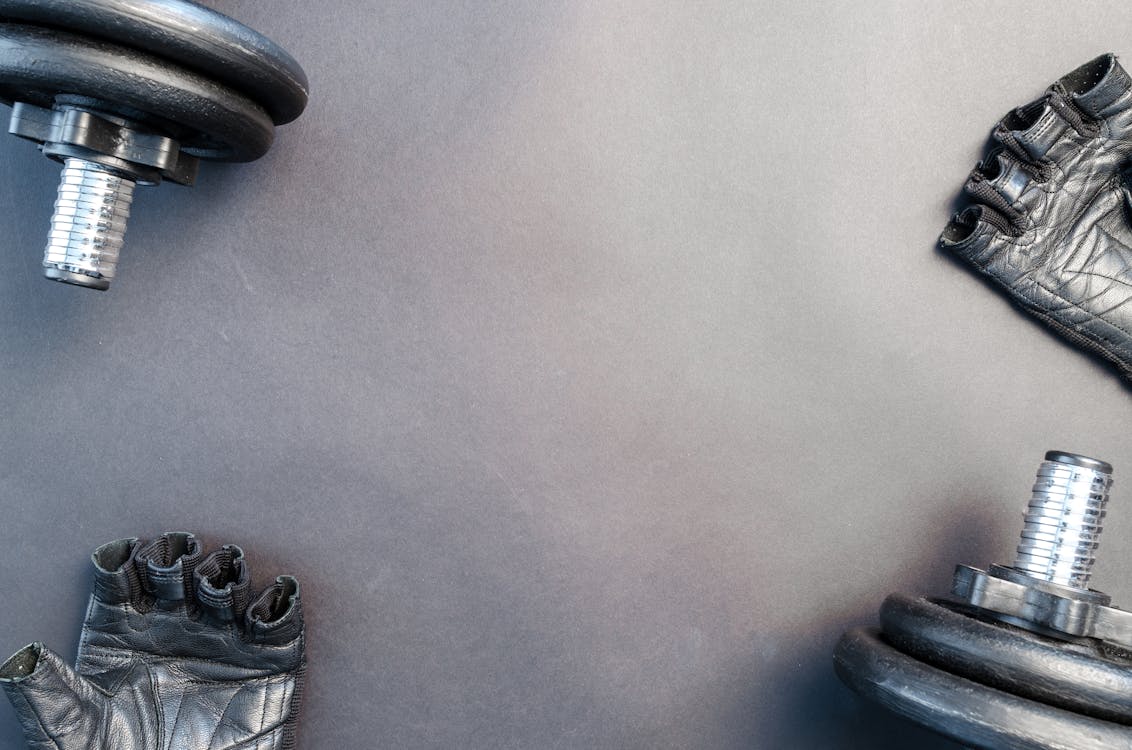
Part 3: The How-To – The Anatomy of a Tiny Habit
Fogg distills the B=MAP model into a simple, three-step “Habit Recipe.”
Step 1: Find Your Anchor Moment
Link your new habit to something you already do consistently without fail. This existing routine is your Anchor. An Anchor needs to be “crispy”—specific and concrete (e.g., “After my feet touch the floor” not “After I wake up”).
Step 2: Design the Tiny Behavior
The new behavior must be ridiculously small—doable in under 30 seconds with virtually no effort.
- Goal: “Exercise more.” → Tiny Behavior: Do two push-ups.
- Goal: “Read more.” → Tiny Behavior: Read one sentence.
This ensures consistency, which is key to wiring a habit into your brain.
Step 3: Instant Celebration (Create “Shine”)
This is BJ Fogg’s secret weapon. You must celebrate immediately after performing your tiny behavior. Habits are formed by emotions, not repetition. When you feel good right after a behavior, your brain releases dopamine and signals, “Let’s do that again!” This positive emotional charge is what Fogg calls “Shine.”
Celebrations can be a physical movement (fist pump), a sound (“Yes!”), or a visualization. The key is to FEEL successful.
The Unbreakable Habit-Building Process:
Anchor Moment → Tiny Behavior → Instant Celebration
Part 4: A Toolkit of Tiny Habits – 50+ Examples
Here’s a massive list of Tiny Habit recipes you can use. Remember the formula: After I [Anchor], I will [Tiny Behavior]. (Don’t forget to add your celebration!)
For Your Morning Routine
- After my feet hit the floor, I will say, “It’s going to be a great day.”
- After I finish my first cup of coffee, I will write down one thing I’m grateful for.
- After I get dressed, I will make my bed.
For Your Physical Health & Fitness
- After I use the bathroom at work, I will do five squats in the stall.
- After I take off my work shoes, I will immediately put on my workout clothes.
- After I brush my teeth, I will floss one tooth.
For Your Productivity & Work Life
- After I sit down at my desk, I will identify my single most important task.
- After I finish a meeting, I will write down one action item.
- At the end of the workday, I will tidy one thing on my desk.
For Your Mental & Emotional Well-being
- After I put my head on the pillow, I will think of one good thing that happened today.
- When I feel overwhelmed, I will close my eyes and take three slow breaths.
- When I see my reflection, I will give myself a small, encouraging smile.

Part 5: From Tiny to Transformative – How Habits Grow
A tiny habit is a seed. You don’t force it to grow; you provide the right conditions (celebration), and it flourishes naturally. This happens in two ways:
- The “After I…” Phenomenon: Once a habit is automatic, you’ll naturally feel an impulse to do more. After two push-ups, some days you’ll just feel like doing five more. No pressure, just a bonus.
- The Identity Shift: This is the most profound transformation. Someone who flosses one tooth every night becomes “a person who takes care of their health.” This new identity makes other healthy choices easier.
Part 6: Troubleshooting – What to Do When Things Go Wrong
Fogg’s approach is rooted in compassion and design, not shame.
- Problem: I keep forgetting my habit.
Solution: Your Anchor isn’t “crispy” enough or it’s unreliable. Find a better, more specific Anchor. - Problem: It feels like a chore.
Solution: You are forgetting to celebrate! Double down on creating “Shine” that feels authentic to you. - Problem: The behavior is still too hard.
Solution: Make it even tinier. If “do two push-ups” is too much, change it to “get into a push-up position.” - Problem: I missed a day.
Solution: Don’t spiral into guilt. See it as a chance to debug your habit recipe, not as a personal failure. Start again with the very next Anchor moment.
Part 7: Tiny Habits vs. Atomic Habits
How do Fogg’s and James Clear’s methods compare? They are more complementary than competitive.
Synergy Between the Two Systems
Fogg provides the elegant diagnostic tool (B=MAP) and the powerful emotional engine (Celebration). Clear offers a memorable four-part framework (The Four Laws) and a deep focus on identity change.
Use them together! Use B=MAP to figure out why a habit isn’t working. Then, use Clear’s Four Laws as a prescriptive guide (e.g., if Ability is the problem, “Make it Easy”).
Conclusion: The Power Is In the Tiny
For years, we’ve tried to change our lives by climbing mountains, getting overwhelmed, and giving up. BJ Fogg asks us to look at a single pebble at our feet. He tells us to just pick up that one pebble, and when we do, to celebrate that small victory as if we’ve just conquered Everest. Because in that tiny, successful, joyful moment, we have.
“Tiny Habits” is more than a book; it’s a paradigm shift. It’s permission to be human, a release from the tyranny of willpower and the guilt of failure. It teaches us that change doesn’t have to be a painful, uphill battle. It can be light, easy, and even fun.
Your journey to a better you doesn’t start with a grand gesture. It starts with a single, tiny step. It starts after you flush the toilet. It starts after you pour your coffee. It starts right now.
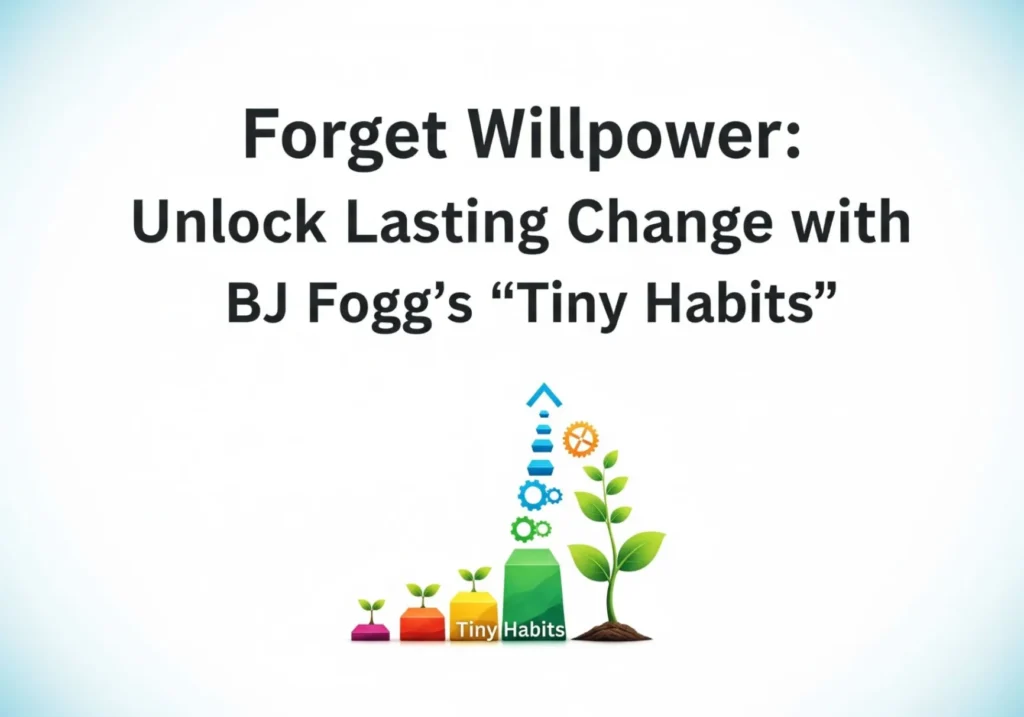
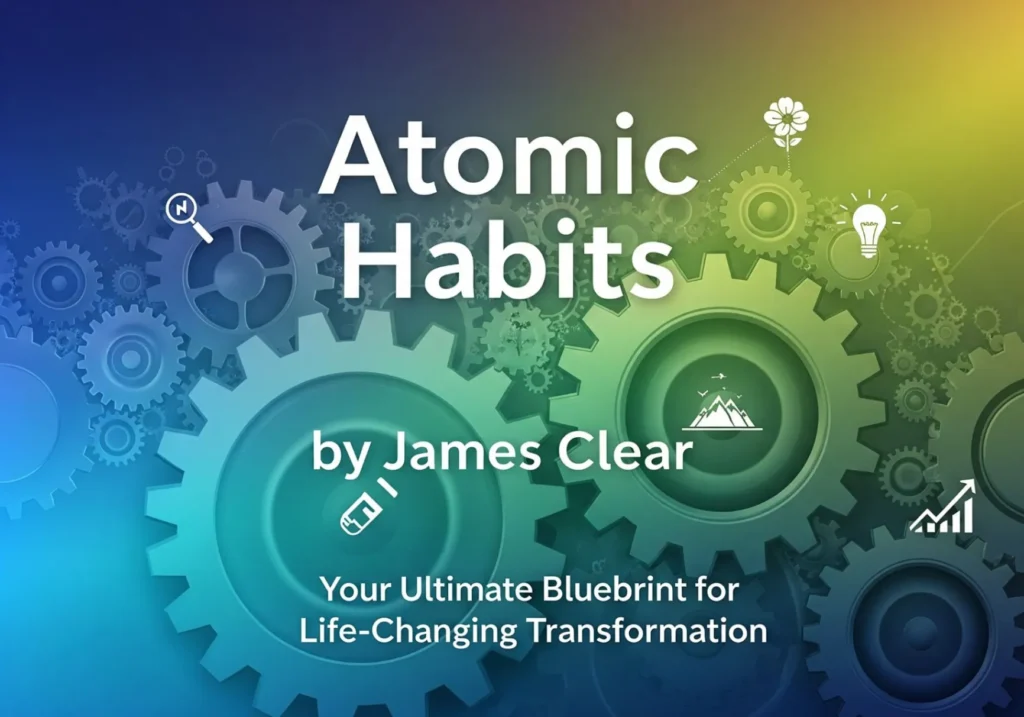

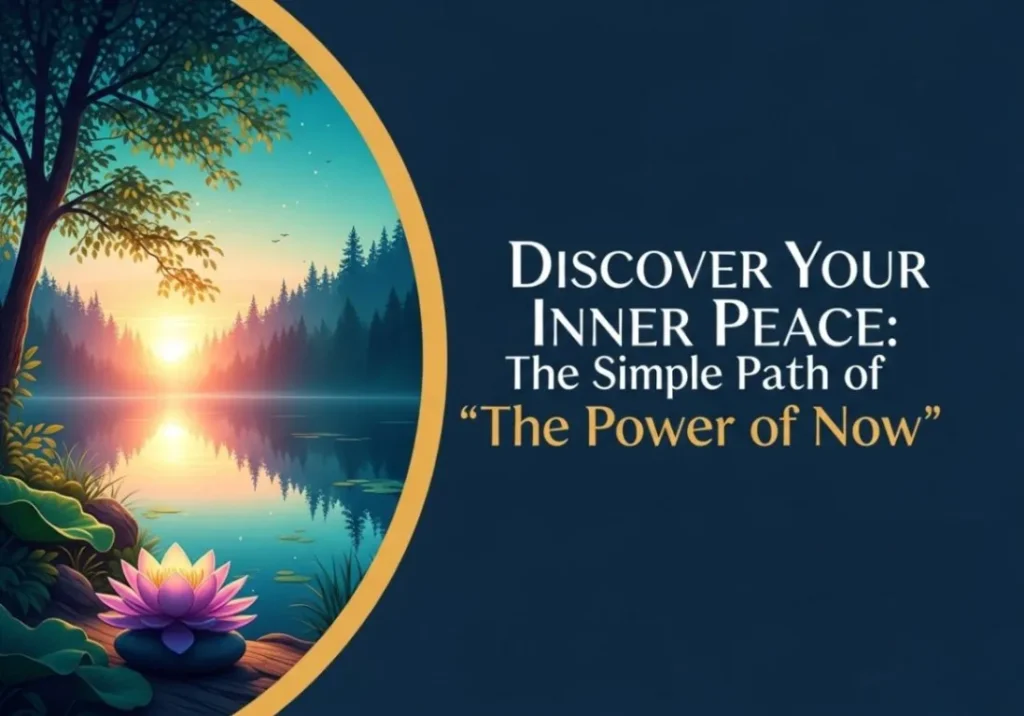
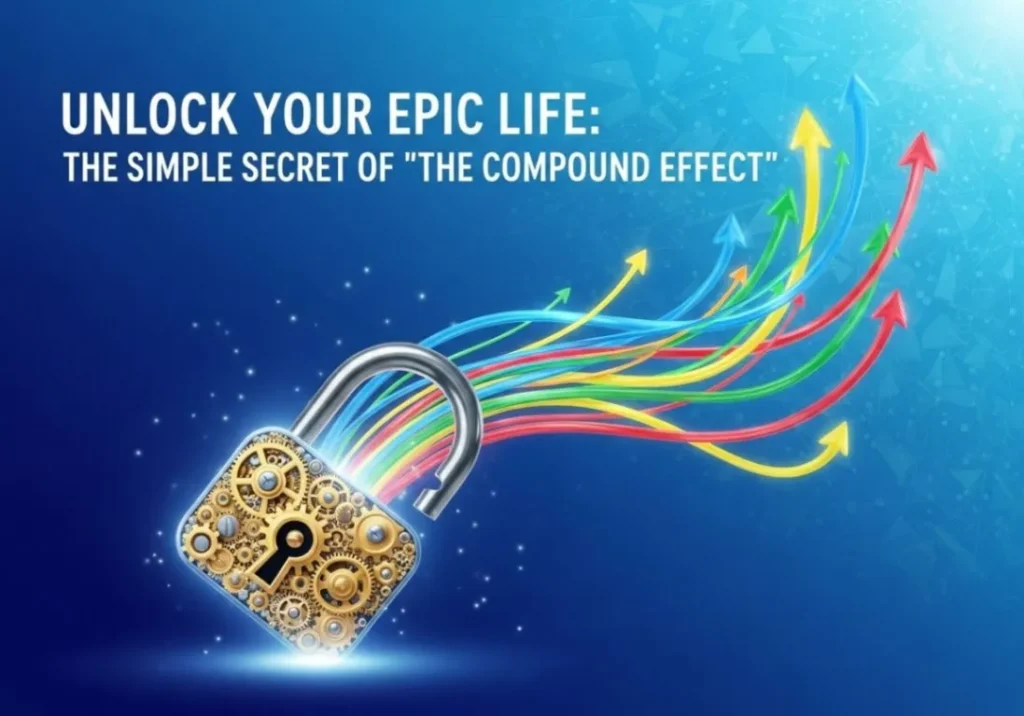
Your Turn!
What is the first Tiny Habit you are going to try? Pick one from the list or create your own using the recipe format. Share it in the comments below! Let’s build a community of change, one tiny, celebrated habit at a time.